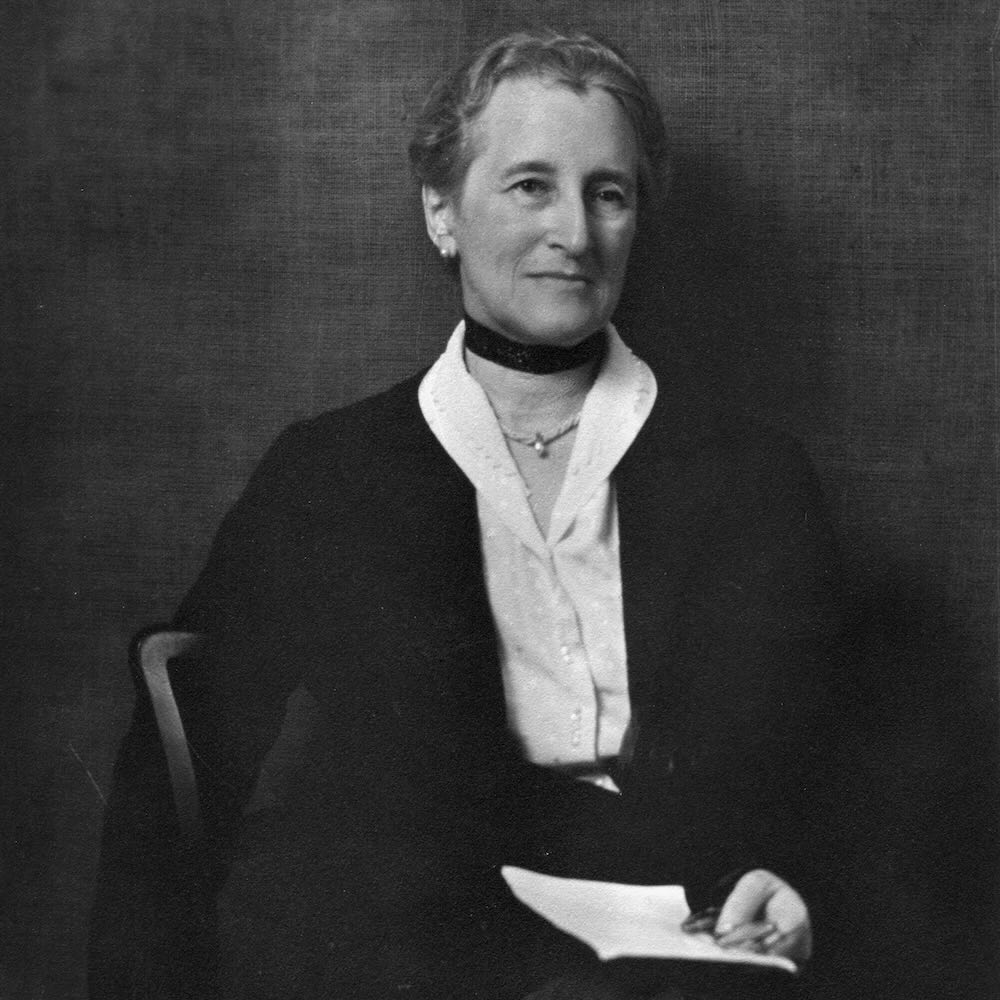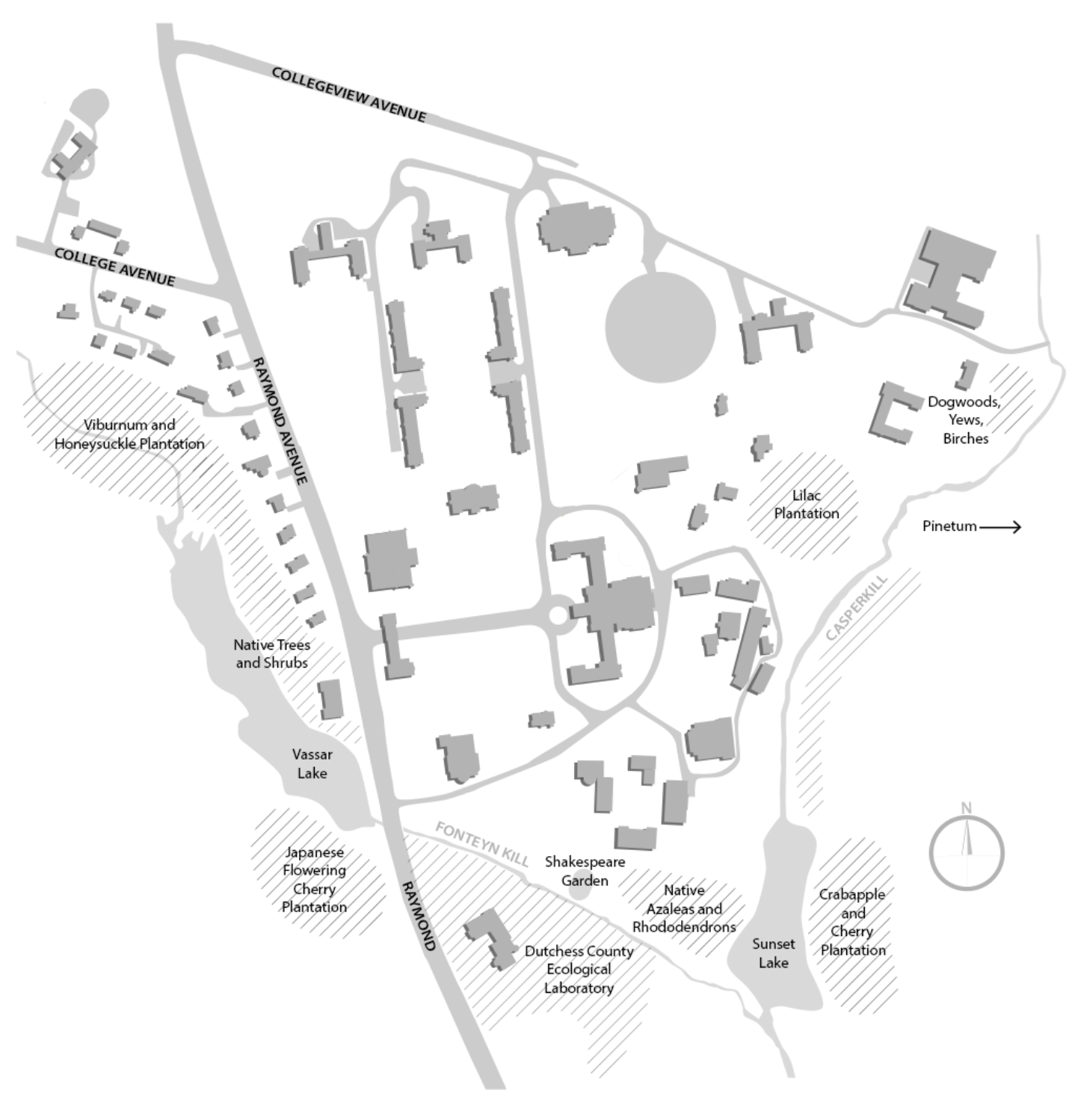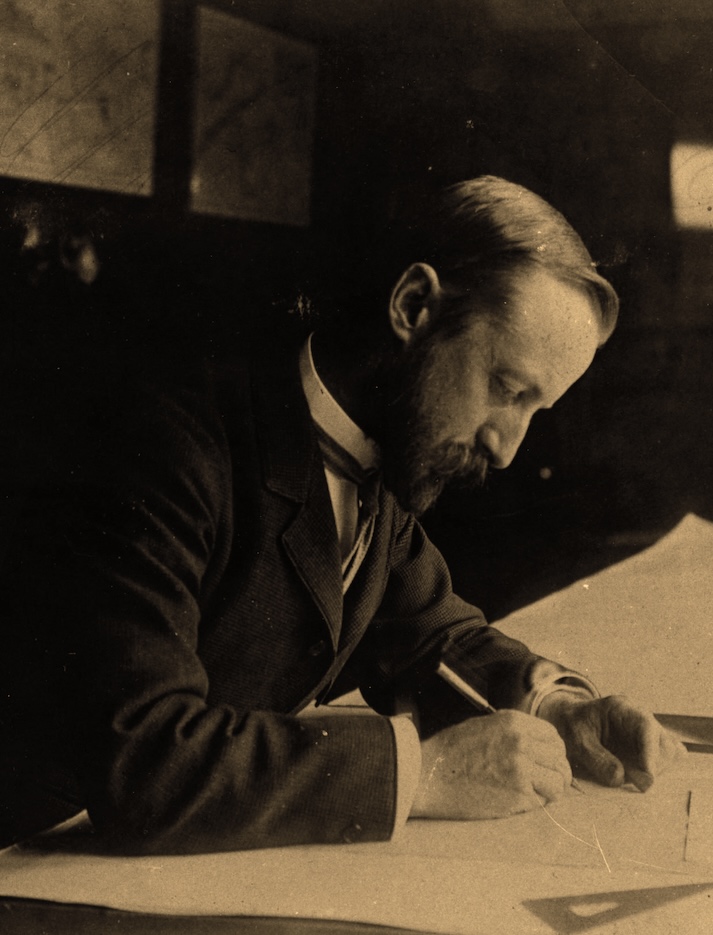History
Vassar College has long been known for its verdant tree canopy, although the site was actually deforested well before the college was founded in 1861, and the area of central campus cleared as the site of a race track. But college founder Matthew Vassar envisioned a pastoral environment, famously picking up a shovel himself to plant trees, and encouraging faculty to do the same. Each graduating class since 1868 has planted a class tree, which has significantly contributed to greening the campus.

The arboretum was formally initiated in 1925, thanks to the initiatives of the prescient eco-botanist Edith A. Roberts, Chair and Professor of Botany, and the fiftieth-anniversary gifts of Emma Chamberlain Zehe and the class of 1875. The design was initially entrusted to Beatrix Farrand, the pioneering woman landscape architect and co-founder of the American Society of Landscape Architects (ASLA), who served as Consulting Landscape Gardener to Vassar from 1925–1929. Farrand proposed that the arboretum should comprise the whole campus, thoughtfully conceiving it as a museum of trees, and a multivalent vehicle for the propagation of native and foreign species, for practical, educational, and aesthetic purposes. She and the grounds manager, Henry E. Downer, planned the initial arboretum to follow the campus waterways, from Vassar Lake across the Fonteynkill to Sunset Lake, and along the Casperkill. Although Farrand and Roberts advocated emphasizing native species, the college made the decision to incorporate a mix of plantings with different origins.


A succession of distinguished landscape architects have been consultants to the college over time, contributing to the arboretum and campus landscape, including Samuel Parsons, Jr., Loring Underwood, Olmsted firm partners John Charles Olmsted and Percival Gallagher, Eero Saarinen, Hideo Sasaki, Diana Balmori, Michael Van Valkenburgh, and Gary Hilderbrand.
In 2020, the campus was formally designated a Level II Arbnet accredited arboretum. Ongoing humanistic and scientific research seeks to interpret a fuller history of campus landscape, from indigenous roots at the time of the Munsee Lenape peoples to the present, and to address critical environmental challenges spurred by climate change. The Arboretum continues to fulfill Farrand’s vision of an aesthetic and educational greenspace, which is open to the community as well as the campus.
Vassar on the Olmsted Trail
Although best known for their parks, the Olmsted firm was one of the foremost creative forces in American campus planning; they worked with over 150 schools, at various stages and in different modes, projects that contributed to the firm’s success, as well as to the American educational landscape. Olmsted partners consulted at Vassar at three formative stages for the college: Frederick Law Olmsted and Calvert Vaux in 1868, John Charles Olmsted in 1896, and Percival Gallagher from 1929 to 1932 (followed very briefly by James Dawson the next year). The Vassar campus is now a site on the national Olmsted Trail.
Further Reading
- Yvonne Elet, “Échelon, Quincunx, Quadrangle: The Olmsted Firm and Campus Planning in the Early Decades of Vassar College”
- Olmsted Network Shared Spaces Blog: Campus Green
- Olmsted: Bicentennial Perspectives, Conference at Harvard GSD, 2022; session on “Campuses, Collectives, and Unsettlements (video)”
- National Park Service, Frederick Law Olmsted Historic Site, History of Olmsted campuses